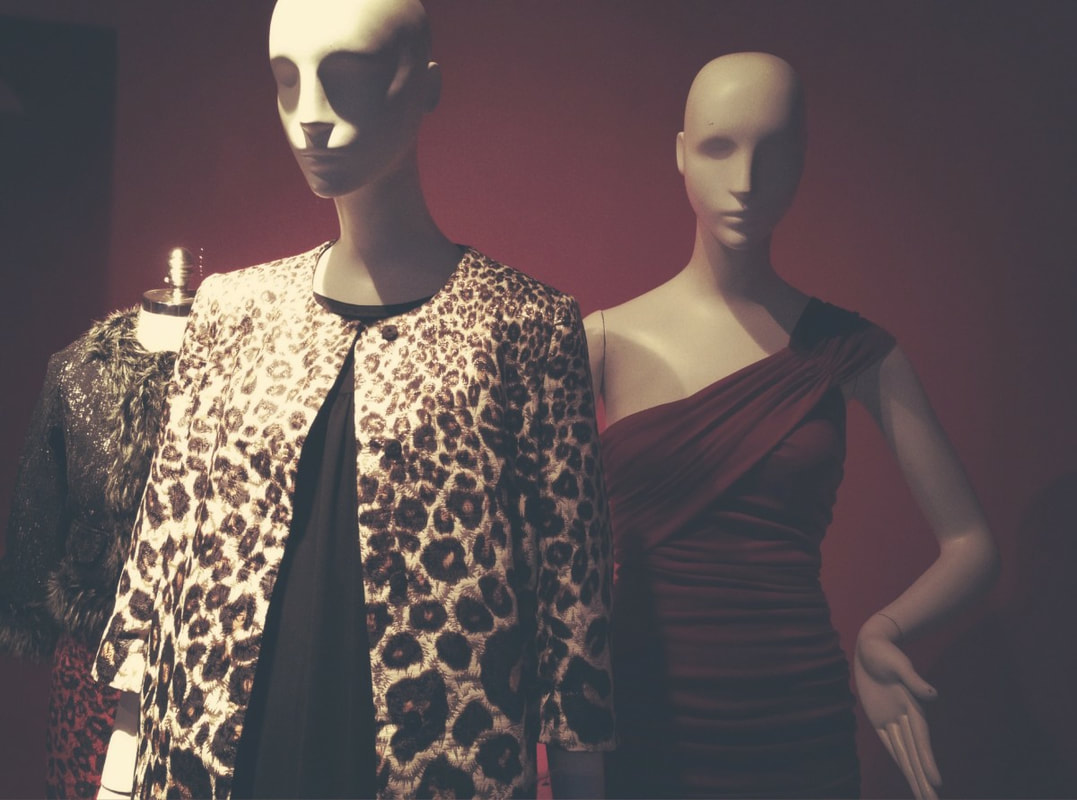Return to Newsletter main page! |
Rising for the Ami-DressBy ISJL Education Fellow Harrison Bleiberg
“Please take a moment for silent prayer, when you are finished; please be seated.” The silent prayers that some choose to say during this time in the service are obviously very personal, primarily because they don’t often come from a book or a sheet. Silent prayers come from within. The special thing about these prayers is not only that they allow for personal prayer, but the silence allows us to focus on things that we may not otherwise pay attention to—the sounds around us, the presence of our Jewish community, and the way our bodies feel standing in our place of worship. When we become aware of how our bodies feel, we start paying attention to things we wouldn’t otherwise pay any mind to: “When was the last time I ate?” “This carpet is awfully soft!” “These pants are too tight around my knees.” Our environment can certainly affect the way we pray; and while we may not always have control over our physical surroundings, we have control over one very important part of our prayer experience: our bodies. If hunger distracts us, we can eat; if we are tired, we can sleep; and if we are wearing uncomfortable clothes, we can change. Clothing, however, is not only significant because it can affect how we feel, but it is also one of the only changes we can make that is visible to the outside world. Of course, many places of worship have dress codes or norms that limit the kind of clothing that can be worn during prayer. This isn’t anything new, of course, as clothing regulations are as old as the Torah itself. Leviticus is packed with all kinds of commandments having to do with clothing and materials that are suitable for worship. But, how do we view clothing within a worship setting in 2019? Two opposing viewpoints have made themselves known. Many believe that people should arrive to their synagogues in nice clothing: button down shirts, nice dresses, and polished shoes. The idea behind this dress code is to inspire a higher level of respect. Proponents of these dress codes believe that when people are surrounded by other well-dressed worshippers, they will treat the service with the respect that it deserves. During times of reflection and prayer, the feeling of wearing nice clothes will remind them that they are in a holy place, and that they are here to worship. However, some disagree and believe that comfort comes before style in the sanctuary. Many believe that people will not only feel more comfortable in casual clothes, but that comfortable clothes will be less distracting. If everyone is wearing casual clothes, there is an “even playing field,” and people may feel less pressure to impress their peers with their sense of style, and that they can focus more fully on their prayer experience. Some people even take off their shoes to “free” their spirits as much as possible. So, why should you, as a Jewish educator, care about this debate? Discussions of dress codes and appropriate clothing are prominent in secular schools; perhaps similar discussions need to happen in your religious school or with your synagogue leadership. Consider experimenting with clothing in your synagogue; if you have a more formal congregation, consider hosting a monthly “blue jean Shabbat” accompanied with a more experimental prayer service. For more casual congregations, consider hosting a monthly “black tie Shabbat.” Both of these special Shabbat options can be excellent opportunities for student service leaders to step up. A Blue Jean Shabbat can offer the opportunity for students to test out new service ideas in a relaxed, low pressure environment. On the other hand, a Black Tie Shabbat can give older students a chance to practice service leading in a more formal setting, allowing them to show off their maturity and prepare for their b’nei mitzvah or Confirmation services. Whether you’re wearing suit jackets or sweat pants, the most important thing is to participate in your community – in the conversation about things like dress code, as well as in the services and rituals themselves! |
- Home
- WHO WE ARE
-
WHAT WE DO
- PODCAST
- Conference >
- Education >
-
CULTURE
>
- Culture Overview
- Cultural Programming >
-
History
>
-
Encyclopedia of Southern Jewish Communities
>
- Alabama Encyclopedia
- Arkansas Encyclopedia
- Georgia Encyclopedia
- Florida Encyclopedia
- Kentucky Encyclopedia
- Louisiana Encyclopedia
- Mississippi Encyclopedia
- North Carolina Encyclopedia
- Oklahoma Encyclopedia
- South Carolina Encyclopedia
- Tennessee Encyclopedia
- Texas Encyclopedia
- Virginia Encyclopedia
- Encyclopedia Credits
- Oral History
-
Encyclopedia of Southern Jewish Communities
>
- SPIRITUALITY >
- DONATE
- Shalom Y'all
- Strategic Plan
- Southern & Jewish Blog
- Calendar
- Virtual Press Kit
|
©2024 Goldring/Woldenberg Institute of Southern Jewish Life
|

